Blogs & News
We are focus on automotive wiring harness & connectors technology.
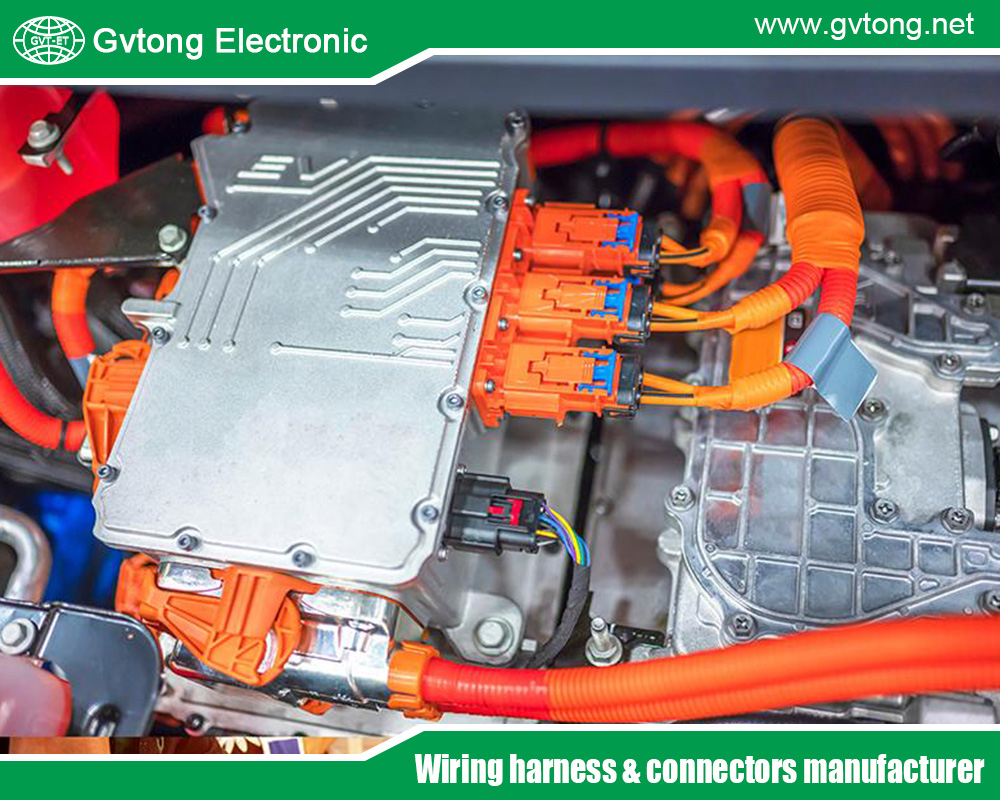
China Photovoltaic Connectors Manufacturers
- Gvtong Electronic
- ADAS sensor connectors, Automated assembly connectors, automotive electrical connector, automotive High voltage connector, automotive Low voltage connector, automotive Oil-resistant Connectors, automotive Signal Connector, automotive waterproof connectors, Automotive-grade AEC-Q200 connectors, Battery management system (BMS) connectors, best china photovoltaic connector, best china photovoltaic connectors manufacturers, best photovoltaic connector, best photovoltaic connector for solar panels, best photovoltaic connectors, china photovoltaic connectors, china photovoltaic connectors manufacturers, EV charging connectors, Fuel cell connectors Quick-fit automotive connectors, Halogen-free automotive connectors, In-cabin infotainment connectors, Lightweight automotive connectors, OEM-specific connectors, photovoltaic connector, photovoltaic connectors factory, photovoltaic connectors manufacturers, photovoltaic connectors supplier, Pre-charge/discharge connectors, Recyclable material connectors, Redundant safety connectors, V2X communication connectors, Wireless charging connectors
- No Comments
China Photovoltaic Connectors Manufacturers
The global transition to renewable energy has positioned solar power as a cornerstone of sustainable development. At the heart of every photovoltaic (PV) system are connectors—small but critical components that ensure efficient energy transfer between solar panels, inverters, and other system elements. China, as the world’s leading producer of solar components, dominates the PV connector market, leveraging its manufacturing prowess, cost advantages, and innovation. In 2024, China accounted for over 70% of global solar component production, with PV connectors being a significant contributor to its export economy. This article delves into China’s PV connector manufacturing industry, profiling key players, exploring technological advancements, analyzing market dynamics, addressing challenges, and forecasting future trends. By examining these facets, we aim to highlight why China remains a powerhouse in this vital sector.
Overview of Photovoltaic Connectors
Photovoltaic connectors are specialized electrical components designed to link solar panels and other equipment in a PV system, ensuring seamless energy flow. The most widely used connector, the Multi-Contact 4 (MC4), has become an industry standard due to its reliability, weather resistance, and ease of installation. Other types, such as T-type, Y-branch, and MC3 connectors, cater to specific system configurations, enabling flexibility in solar array designs. High-quality connectors must withstand harsh environmental conditions, including ultraviolet (UV) exposure, extreme temperatures, and moisture, while minimizing energy loss. They typically feature robust insulation, secure locking mechanisms, and compliance with international standards like UL, CSA, and TUV. In China, manufacturers produce millions of these connectors annually, meeting both domestic and global demand for solar energy systems.
PV connectors are not merely accessories; they are critical to system efficiency and safety. Poorly designed or counterfeit connectors can lead to energy losses, overheating, or even fires, underscoring the importance of quality manufacturing. Chinese manufacturers have risen to this challenge, producing connectors that balance performance, durability, and affordability, making them indispensable to the global solar industry.
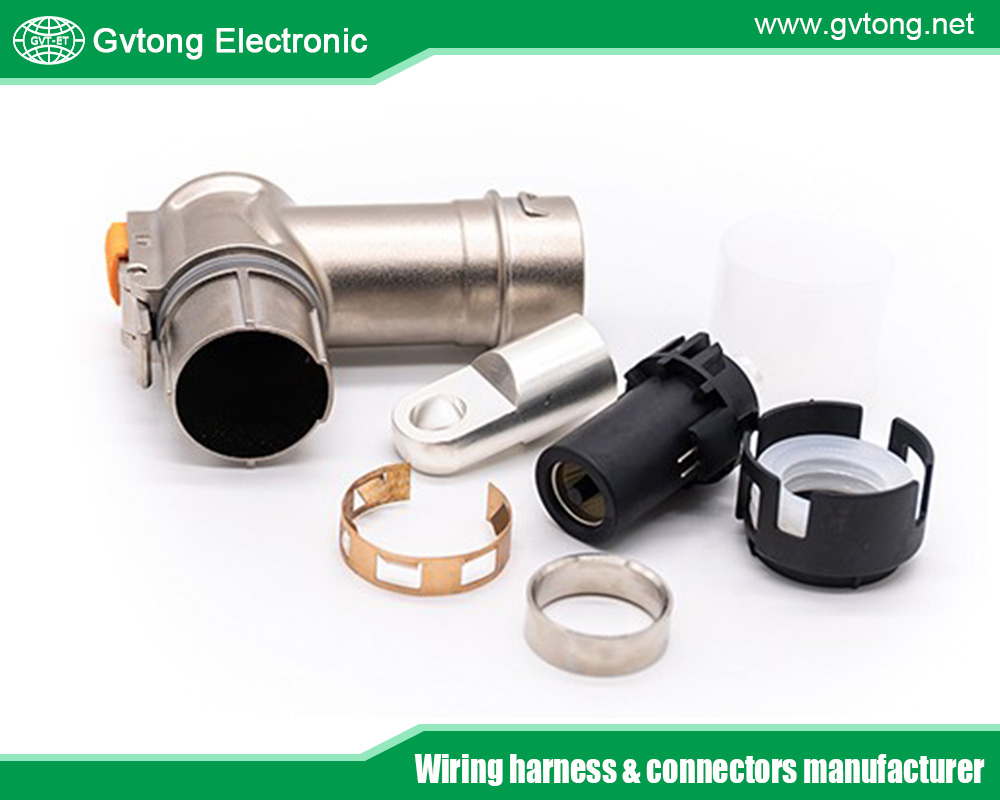
China’s Role in the Global PV Connector Market
China’s dominance in the PV connector market is a testament to its broader leadership in renewable energy. In 2024, the global solar component market, including connectors, was valued at over $10 billion, with China capturing a significant share through exports to Europe, North America, Asia, and emerging markets in Africa and Latin America. This success stems from several factors: low production costs, a vast manufacturing infrastructure, a skilled workforce, and supportive government policies. China’s “Made in China 2025” initiative and carbon neutrality goal by 2060 have spurred investment in renewable energy technologies, including PV connectors.
Chinese manufacturers benefit from economies of scale, producing connectors in large volumes to meet global demand. The country’s strategic location and robust supply chain networks enable rapid production and distribution. Additionally, government subsidies and tax incentives for renewable energy companies have lowered barriers to entry, fostering a competitive market. As a result, Chinese connectors are not only cost-effective but also meet stringent international standards, making them a preferred choice for solar projects worldwide. In 2024, China exported PV connectors to over 100 countries, reinforcing its position as the backbone of the global solar supply chain.
Key Manufacturers in China
China is home to numerous PV connector manufacturers, ranging from established giants to innovative newcomers. Below are profiles of some key players, based on their market presence and contributions:
- Jiangsu Handa Power Technology Co., Ltd.: Based in Jiangsu, Handa Power is a leading manufacturer of MC4 connectors and customized PV solutions. Known for its high-quality products, the company serves both domestic and international markets, with a focus on durability and compliance with UL and TUV standards. Its connectors are widely used in large-scale solar farms.
- Zhejiang Yuelong Electric Co., Ltd.: Located in Yueqing City, a hub for electrical manufacturing, Yuelong specializes in 1500V-rated connectors designed for high-voltage PV systems. The company’s emphasis on R&D has led to innovative designs that enhance system efficiency and safety.
- CNLonQcom: Established in 1997, CNLonQcom is a veteran in the PV connector market, offering a diverse range of products, including MC4, Y-branch, and T-type connectors. Its competitive pricing and strong customer service make it a preferred supplier for small and medium-sized solar projects.
- KABASI: KABASI stands out for its focus on customization and innovation. The company produces connectors with advanced sealing technologies to withstand extreme weather conditions. Its products are popular in Europe and North America, where quality standards are rigorous.
- Xiamen 9Sun Solar Technology Co., Ltd.: Specializing in MC4 cable connectors, 9Sun emphasizes affordability without compromising performance. Its connectors are widely used in residential and commercial solar installations, particularly in emerging markets.
- Ningbo Yuanfan Photovoltaic Technology Co., Ltd.: Known for its technological advancements, Yuanfan integrates smart features into its connectors, such as IoT-enabled monitoring for real-time performance tracking. This innovation caters to the growing demand for smart solar systems.
- These manufacturers leverage certifications, large-scale production, and strategic partnerships to maintain a competitive edge. Many operate in industrial hubs like Jiangsu, Zhejiang, and Guangdong, benefiting from proximity to raw materials and logistics networks.
Technological Advancements and Innovations
Chinese PV connector manufacturers are at the forefront of technological innovation, driven by the need to meet evolving industry demands. Recent advancements include:
- High-Voltage Connectors: The shift to higher-voltage PV systems (e.g., 1500V) has prompted manufacturers to develop connectors like the MC4-Evo2, which offer improved efficiency and reduced energy loss. These connectors support larger solar farms, where high voltage is critical for scalability.
- Weather-Resistant Materials: Innovations in materials science have led to connectors with enhanced UV resistance, thermal stability, and waterproofing. For example, advanced polymers and sealing technologies ensure connectors can operate in extreme climates, from deserts to coastal regions.
- Smart Connectors: Companies like Ningbo Yuanfan are exploring IoT-enabled connectors that monitor system performance in real time. These connectors provide data on voltage, current, and temperature, enabling predictive maintenance and reducing downtime.
- Automation and Smart Manufacturing: Chinese manufacturers are adopting Industry 4.0 technologies, such as automated assembly lines and AI-driven quality control, to improve production efficiency and reduce defects. This has lowered costs while maintaining high standards.
These advancements reflect China’s commitment to staying ahead in a competitive market. By investing in R&D, manufacturers are not only meeting current needs but also anticipating future trends, such as the integration of PV systems with energy storage and smart grids.
Challenges in the Industry
Despite its strengths, China’s PV connector industry faces several challenges. Quality control is a persistent issue, as counterfeit or substandard connectors can infiltrate the market, posing safety risks and damaging the reputation of legitimate manufacturers. To address this, companies are implementing stricter quality assurance protocols and pursuing certifications like ISO 9001.
Supply chain disruptions, particularly for raw materials like copper, silver, and high-grade plastics, have increased production costs. The global semiconductor shortage and geopolitical tensions have further complicated logistics, affecting export timelines. Additionally, competition from European and North American manufacturers, who emphasize premium quality and brand trust, challenges Chinese firms to differentiate themselves beyond price.
Trade barriers, such as tariffs imposed by the U.S. and EU, also impact exports. To mitigate this, some manufacturers are establishing overseas production facilities or forming joint ventures with foreign companies. Finally, the industry must navigate environmental regulations, as the production of PV connectors involves energy-intensive processes and materials with potential ecological impacts.
Market Trends and Opportunities
The global PV connector market is poised for significant growth, driven by the accelerating adoption of solar energy. According to industry estimates, the market is expected to grow at a compound annual growth rate (CAGR) of 7% through 2030, fueled by demand from both developed and emerging markets. Key trends include:
- Rising Demand in Emerging Markets: Countries in Africa, Southeast Asia, and Latin America are investing heavily in solar infrastructure, creating opportunities for Chinese exporters. Affordable, high-quality connectors are particularly appealing in these regions.
- Modular and Easy-to-Install Designs: Manufacturers are developing connectors that simplify installation and maintenance, reducing labor costs for solar projects. Modular designs also support scalability, catering to both small residential systems and large utility-scale projects.
- Government Support: China’s carbon neutrality goals and renewable energy subsidies continue to drive domestic production. Similar policies in other countries, such as India’s solar mission, create export opportunities.
- Integration with Energy Storage: As solar systems increasingly incorporate battery storage, connectors that support hybrid systems are gaining traction. Chinese manufacturers are adapting their products to meet these needs.
These trends present significant opportunities for Chinese manufacturers to expand their market share and innovate in response to global demand.
Sustainability and Environmental Impact
Sustainability is becoming a priority in China’s PV connector industry. Manufacturers are adopting eco-friendly materials, such as recyclable plastics and lead-free alloys, to reduce environmental impact. Lean manufacturing practices minimize waste, while energy-efficient production processes lower carbon footprints. Some companies, like ONESUN, have implemented recycling programs for end-of-life connectors, addressing the challenge of electronic waste.
The industry is also aligning with global sustainability goals. For example, compliance with the EU’s Restriction of Hazardous Substances (RoHS) directive ensures that connectors are free of harmful substances. These efforts not only enhance environmental responsibility but also appeal to eco-conscious markets in Europe and North America.
Future Outlook
Looking ahead, China’s PV connector industry is well-positioned for continued growth. By 2030, the global solar market is expected to expand significantly, driven by falling costs and supportive policies. Chinese manufacturers will likely lead this expansion, thanks to their ability to scale production and innovate rapidly. Emerging technologies, such as smart connectors and next-generation materials, will further strengthen their position.
However, challenges remain. Manufacturers must address quality concerns, invest in sustainable practices, and navigate geopolitical complexities to maintain their edge. Collaboration with international partners, adherence to global standards, and diversification of markets will be critical. As the world accelerates its transition to clean energy, Chinese PV connector manufacturers have a unique opportunity to shape the future of solar power.
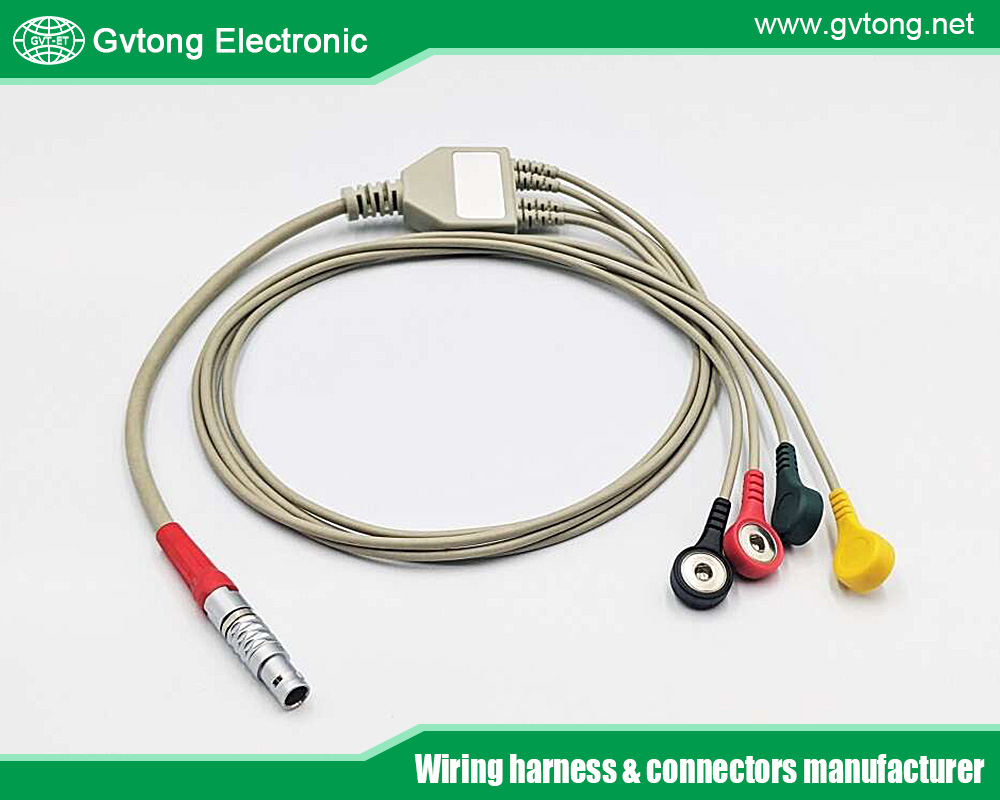
Conclusion
China’s photovoltaic connector manufacturers are pivotal to the global renewable energy ecosystem, supplying high-quality, cost-effective components that power solar systems worldwide. Companies like Jiangsu Handa, Zhejiang Yuelong, and KABASI exemplify the industry’s strengths, combining innovation, scale, and affordability. Despite challenges like quality control and supply chain disruptions, the sector is poised for growth, driven by global demand and technological advancements. By prioritizing sustainability and collaboration, Chinese manufacturers can solidify their leadership in the PV connector market, contributing to a cleaner, more sustainable future.
For more about the best china photovoltaic connectors manufacturers, you can pay a visit to Gvtong at https://www.gvtong.net/ for more info.
Recent Posts
The Best GR Series-Circular Connectors Manufacturer
The Best GD Series Combined Power Connector Manufacturer
A Guide to Selecting the Best GH Series Plastic Connector Manufacturer
How High Pressure Connectors Work?
The Best Automotive Connector Companies
Tags
Recommended Products
-
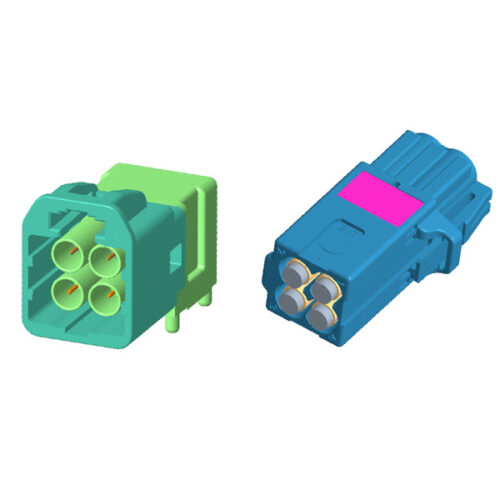
Automotive RF MINI FAKRA Four-Core Connector, Quad Port, PCB Through Hole, Right Angle, Plug, 50 Ohm
-
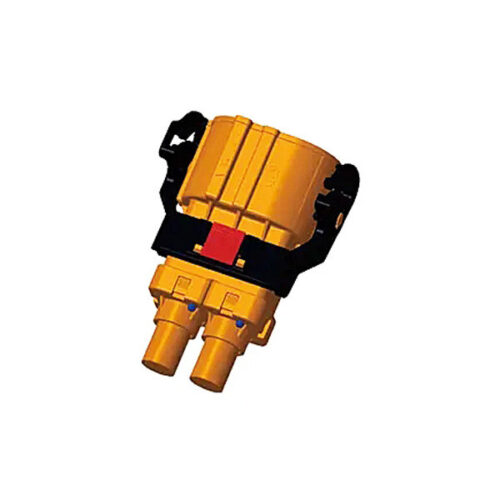
High voltage connector-GH800 series-2 core
-

GM Series – Positive and negative junction box – inclined port
-

GH280 Series-2-core plastic high voltage connector
-
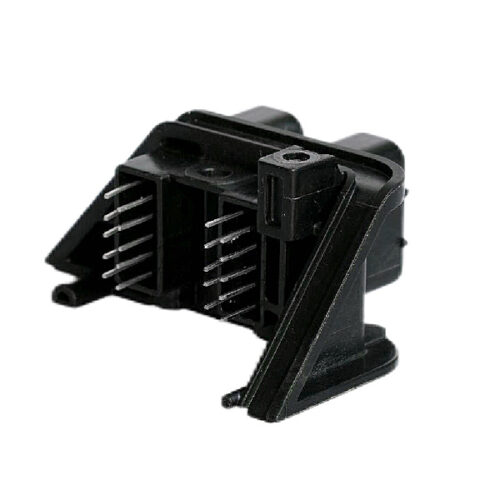
GE Series-20PIN Right Angle Connector Socket
-
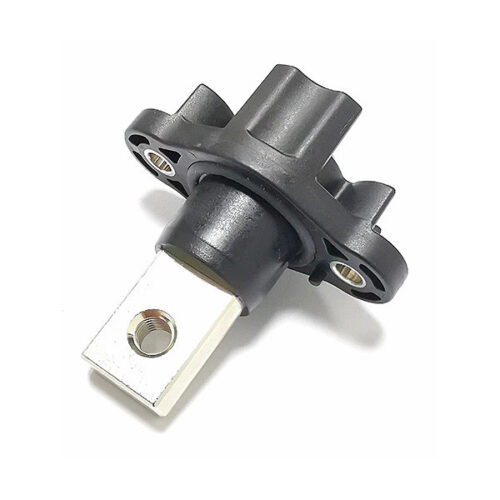
DC terminal
-
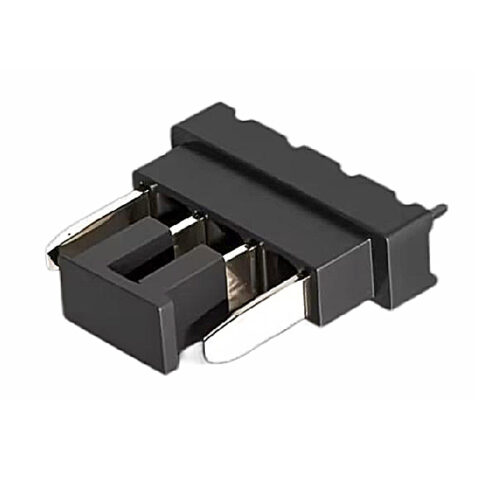
GE Series-WTB 4pin Connector Plug
-

GE Series-32-core rectangular connector
